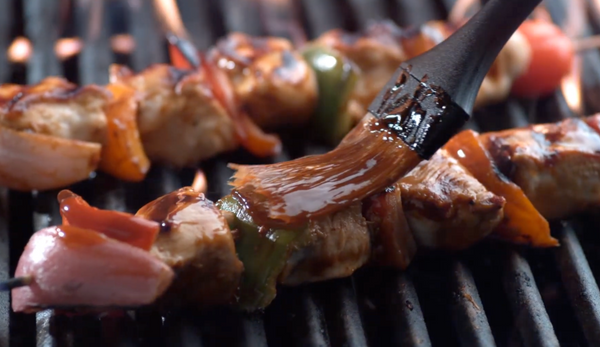
History of the Barbecue Charcoal Grill
The Origins of Barbecue
Barbecue, a beloved summertime tradition and staple for outdoor cooking, traces its roots back to the earliest meals cooked over open flames. While it is difficult to pinpoint exactly where barbecue originated, the concept of cooking meat on a fire likely emerged when early humans first combined hunger with fire.
The word barbecue comes from "barbacoa," a term used by the Arawak people in South America and the Caribbean. It referred to a wooden frame on posts for cooking meat. The Spanish adopted this term in the mid-17th century, and today "barbacoa" is directly translated as barbecue.
The Evolution of the Barbecue Grill
Though no single individual invented barbecue, the development of the barbecue grill involved key innovations that shaped its popularity. In 1897, Ellsworth B. patented a design for a kettle grill. Edward G. Kingsford, related to Henry Ford, is credited with creating charcoal briquettes, repurposing scrap wood from Ford’s Model T factory. These briquettes revolutionized outdoor cooking and remain widely used today.
One of the most iconic grills, the Weber kettle, was invented in 1952 by George Stephen. He welded legs onto a metal buoy, creating a rounded outdoor grill design that enhanced cooking performance. The Weber kettle became popular because it provides even heat and adds distinctive flavor to foods, making it one of America's favorite grills.

The Rise of the Propane Grill
In the 1960s, the Arkansas-Louisiana Gas Company transformed barbecue with the introduction of the propane grill. William G. Wetmore and Milton Lancaster adapted charcoal grills to use bottled propane, resulting in faster cooking times and easier temperature control. This innovation quickly became popular with households and added a new method for outdoor cooking.
Understanding Barbecue, Grilling, and Smoking
Despite common confusion, barbecue, grilling, and smoking are distinct cooking methods. Barbecue involves low heat and longer cooking times. Grilling uses high heat with shorter times, ideal for quicker-cooking items like steaks and burgers. Smoking also uses low heat but requires extended cooking times, during which meat absorbs the flavorful smoke from smoldering wood.
Regional Differences in Barbecue Styles
Barbecue varies widely by region, especially in the southern United States. Kansas City barbecue is known for dry rubs, North Carolina favors vinegar-based sauces, Texas leans toward beef and mesquite flavors, and Tennessee often features sweet tomato-based sauces, particularly for pulled pork.
Conclusion
The history behind barbecue and its grills reveals centuries of innovation focused on making outdoor cooking accessible and flavorful. From the Arawak barbacoa to modern propane grills, barbecue continues to unite people around good food.
Key Takeaways
-
The term barbecue originates from the Arawak word "barbacoa," meaning a wooden frame for cooking meat over fire.
-
Charcoal briquettes were developed by Edward Kingsford using scrap wood from Henry Ford’s factory.
-
The Weber kettle grill, invented in 1952, remains one of the most popular outdoor cookers.
-
Propane grills emerged in the 1960s, offering faster cooking and simpler control.
-
Barbecue, grilling, and smoking differ mainly by heat level and cooking time.
-
Regional barbecue styles reflect different rubs, sauces, and preparation methods.
---
Learn More
For additional historical insights about everyday objects and ideas, visit the History of Stuff YouTube channel and follow on Instagram @historyofstuff.

